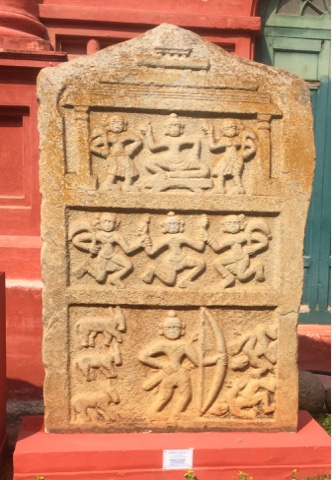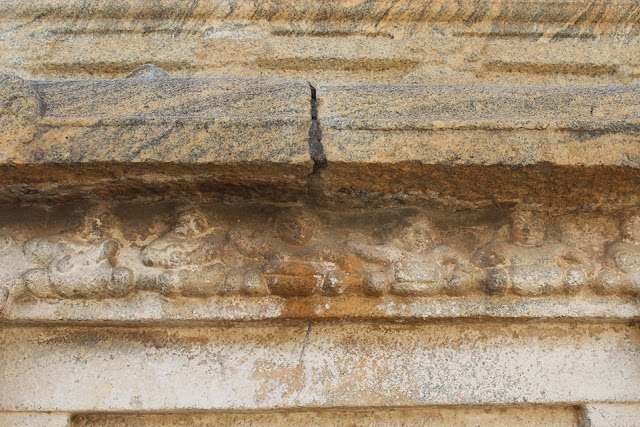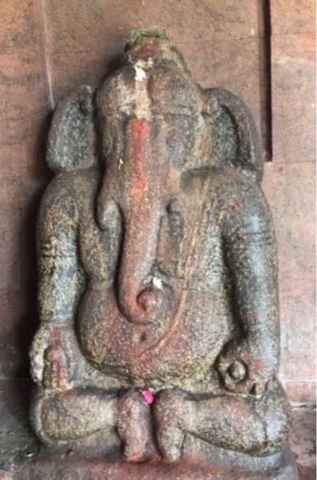A Wet Wet Outing-I
Monsoon, drizlling lightly or pouring heavily could not
dampen the spirits of three
eclectic travelers, the three who were out to have fun, with
or without umbrellas!
'Loitering around ' was the plan, drove to Chikkaballapur district , 60 kms away to loiter in and loitered away to our hearts content!!Loitered around the home-turned-museum of Sir M.Vishweshvariah in Muddenahalli , discovering that the " Bharath Ratna"award is a surprisingly small medal with a very short , prosaic citation
The distant hill was calling us and we moved to our next destination
Second Stop- Bhoginandeeshwara Temple
The temple has a triple
shrine to Iswara or Siva. Arunachaleswara a child form, Bhoga Nandiswara the
youth and Uma Maheswara the divine universal parents. The temple also has
shrines dedicated to the respective shaktis. Apita Kuchamba, the mother (Amba)
with Unsuckled/undrunk (Apita) breast (Kucha), the Shakti of Arunachaleswara. A
mother, ever full with milk (as though unsuckled) for all who seek, providing
the milk of grace.
The Bhoga Nandiswara temple, the original temple in the complex, identified as one of the oldest temples of Karnataka, dates back to the early 9th century. The earliest inscriptions referring to the construction of the temple for Shiva, according to the Archaeological Survey of India, are from Nolamba dynasty ruler Nolambadiraja and the Rashtrakuta emperor Govinda III dated c.806, and copper plates of the Bana rulers Jayateja and Dattiya of about c.810.
Nandi, Siva himself born from a Yagna, to Sage Shilada with the blessings of Siva after thousand years of Tapas, means Joy or one who brings joy. Born with three eyes, four arms, bearing trident and mace with a body of Vajra, Nandi prayed to Siva and was granted eternal life and was adopted by Parvati as their child....Linga Puranam
Misty rain, like snow upon KailashMisty rain, like snow upon Kailash
The exquiite wall panel at the back of the Uma Maheshwara shrine, connecting
the Aunachaleswara and Bhoga Nadiswara shrine
Kamateshwara...located in the South West Corner, the corner where
Ganesha is normally present in a temple
Goddess Girija
Marriage procession
of Sankar and Parvati
Natraja
Water
Spout carrying the Abhisheka Tirtha from the Arunachaleswar
Vasantha Mantapa with exquisitely carved Ashta dikpalas
The Pushakarni in perfect symmetry was the source of River Pennar
The stuccoed figures
Granite base and brick
top Vimana of the Bhoga Nandiswara,Nandi Hills, in the backdrop, cloud shrouded on arainy day and it was time for us to move up ....up to the Nandi Hills

















































